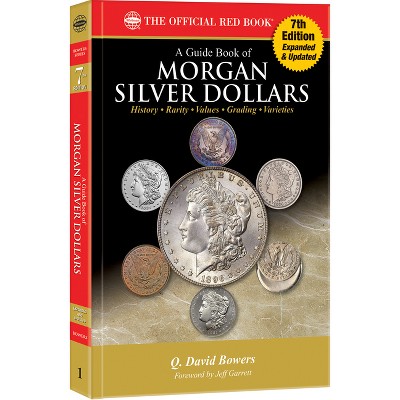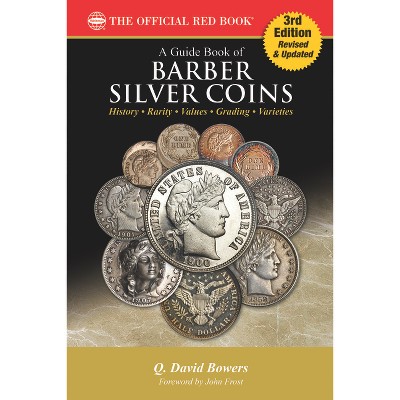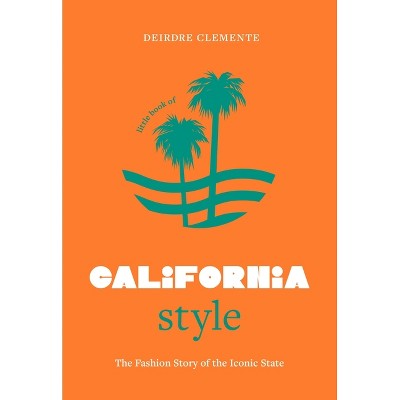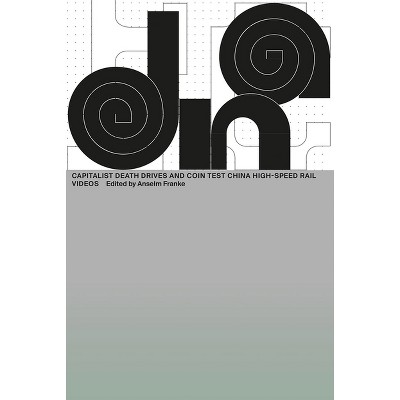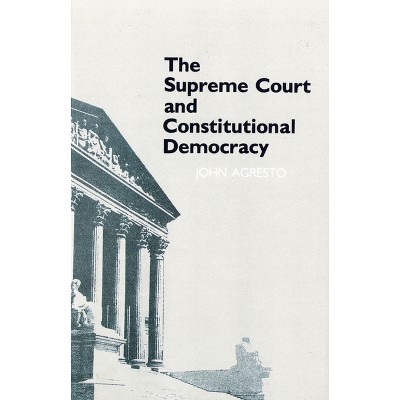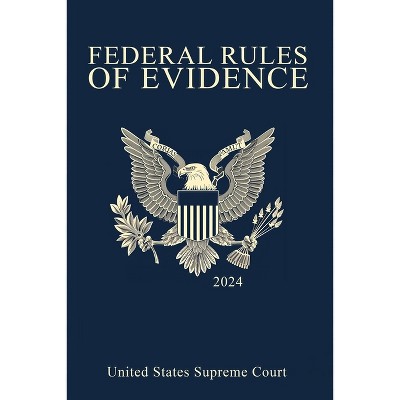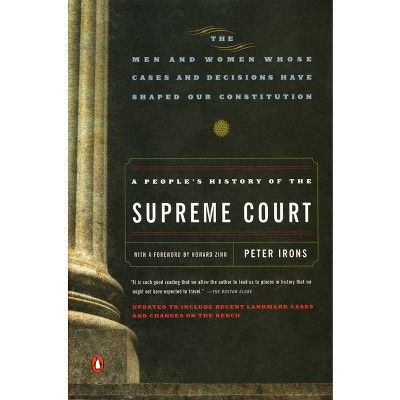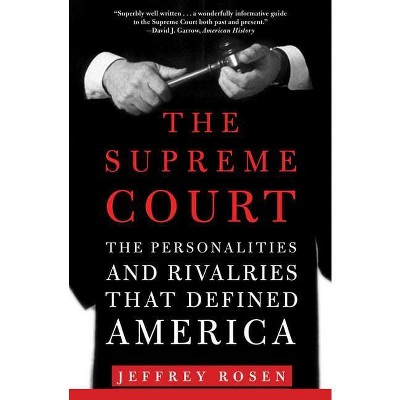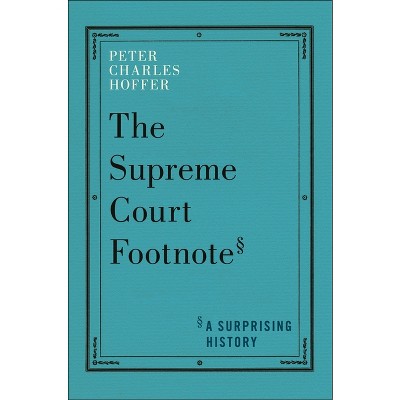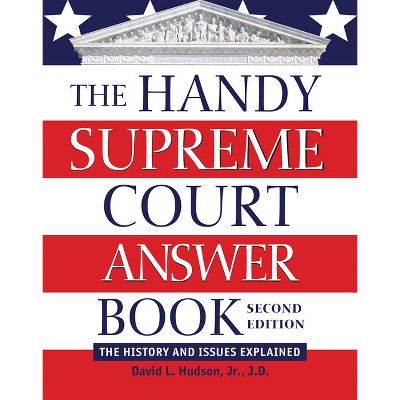Sponsored

How the Court Became Supreme - by Paul D Moreno (Hardcover)
In Stock
Sponsored
About this item
Highlights
- Over the course of its history, the United States Supreme Court has emerged as the most powerful judiciary unit the world has ever seen.
- About the Author: Paul D. Moreno is professor of history at Hillsdale College and the author of several books, including The American State from the Civil War to the New Deal: The Twilight of Constitutionalism and the Triumph of Progressivism.
- 358 Pages
- Freedom + Security / Law Enforcement, Legal History
Description
About the Book
"Paul Moreno's "How the Court Became Supreme" explains how the United States Supreme Court turned itself into the most powerful court the world has ever seen. It is supreme today not only within the judicial branch but over the legislative and executive branches. Indeed, the modern Court has even acquired the power to choose Presidents, as it effectively did in Bush v. Gore. Every June, as the Court nears the end of its term and delivers anticipated decisions, every major media outlet in the nation covers the results and disseminates its rulings. A generation ago, by contrast, hardly anybody knew or cared about the Court's opening or closing. Before 1987, nearly all nominees to the Court sailed through confirmation hearings, often with little or no notice from the American public. When a vacancy occurs today, of course, an epic political bloodbath is likely to ensue. In another sign of the Court's overarching importance, who a presidential nominee is likely to appoint has become a paramount issue in voters' minds. In 2016, for example, Donald Trump took the extraordinary step of providing a list of potential Court nominees because, as he said, voters consider the appointing of Justices among the President's most important functions. Fifty years ago, such a ploy would have been both unthinkable and unnecessary. Today, both political parties complain about what they perceive as judicial supremacy. However, neither acknowledge what precisely that means or how it happened. Tracing the long history of the Court's expansion in power and importance, Moreno suggests that we cannot blame the Constitution itself since nothing might surprise the Founders more than the imperial judiciary. Their Constitution contained a multitude of safeguards to prevent judicial supremacy, and those safeguards remain today, but most have fallen into a state of disuse. Nor is judicial review to blame, since if the people want the Court to protect constitutional limits against the usurpations of the elected branches, then such authority must remain in the hands of the Court. It only becomes a problem-a threat rather than an aid to constitutional democracy-when the Court itself exercises legislative or executive power under what many see as the guise of judicial review. "How the Court Became Supreme" tells the story of the origin and development of that problem, offering solutions that might push the Court toward restoration of its more traditional role in our constitutional republic"--Book Synopsis
Over the course of its history, the United States Supreme Court has emerged as the most powerful judiciary unit the world has ever seen. Paul D. Moreno's How the Court Became Supreme offers a deep dive into its transformation from an institution paid little notice by the American public to one whose decisions are analyzed and broadcast by major media outlets across the nation. The Court is supreme today not just within the judicial branch of the federal government but also over the legislative and executive branches, effectively possessing the ability to police elections and choose presidents. Before 1987, nearly all nominees to the Court sailed through confirmation hearings, often with little fanfare, but these nominations have now become pivotal moments in the minds of voters. Complaints of judicial primacy range across the modern political spectrum, but little attention is given to what precisely that means or how it happened. What led to the ascendancy of America's highest court?
Moreno seeks to answer this question, tracing the long history of the Court's expansion of influence and examining how the Court envisioned by the country's Founders has evolved into an imperial judiciary. The US Constitution contains a multitude of safeguards to prevent judicial overreach, but while those measures remain in place today, most have fallen into disuse. Many observers maintain that the Court exercises legislative or executive power under the guise of judicial review, harming rather than bolstering constitutional democracy. How the Court Became Supreme tells the story of the origin and development of this problem, proposing solutions that might compel the Court to embrace its more traditional role in our constitutional republic.Review Quotes
". . . an impressive work of scholarship, a comprehensive and authoritative one-volume history of the Supreme Court within the political landscape of the United States. . . . How the Court Became Supreme: The Origins of the American Juristocracy opens with the aim of providing a history that 'explains how the United States Supreme Court turned itself into the most powerful court the world had ever seen.' It is a remarkable achievement that, within the confines of a single-volume history, this book does indeed largely address that ambitious goal."--Journal of Southern History
About the Author
Paul D. Moreno is professor of history at Hillsdale College and the author of several books, including The American State from the Civil War to the New Deal: The Twilight of Constitutionalism and the Triumph of Progressivism.Shipping details
Return details
Guests also viewed
